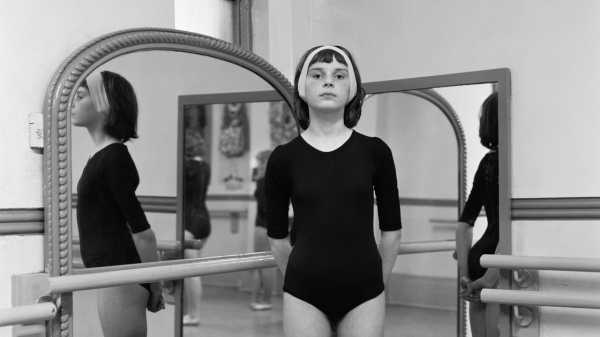
In the spring of 1972, a British photographer named John Myers, then in his late twenties, started taking portraits of his neighbors in and around the town of Stourbridge, in England’s West Midlands. He worked principally with a five-by-four-inch Gandolfi plate camera. His subjects were ordinary men, women, and children, usually portrayed alone, though sometimes grouped together. Very few were smiling, and none looked at the camera with an aspect more optimistic than that of mild resignation. The resulting black-and-white images, which are collected in a limited-edition book published this month by RRB Publishing, are little known in the U.K. or beyond. But near-contemporaries such as Martin Parr, the celebrated portraitist of the English provincial grotesque, consider Myers’s work, which is aesthetically accomplished, and culturally and politically suggestive, to be scandalously neglected.
For this viewer, who grew up in nineteen-seventies England, there is a recognizable quality of Britishness to Myers’s pictures, whether or not it is explicitly signalled. The image chosen to open the book, “David in Knight’s Armour,” from 1974, shows a small boy dressed in Crusader’s regalia and brandishing a plastic sword, a lion rampant on his breastplate. In one image, a leather-clad motorcyclist has decorated his bike with a small Union Jack; in another, a proud car salesman displays the British flag above the desk in his office. But the Englishness is evident, too, in the irremediably damp crevices in the brickwork of buildings or between the paving stones of sidewalks, and in the hunched shoulders of Myers’s subjects, many of whom look to be feeling a little chilly, physically and emotionally. In their formal poses, they seem as conscious of their status as the objects of an artist’s gaze as any Renaissance Pope or Regency monarch.
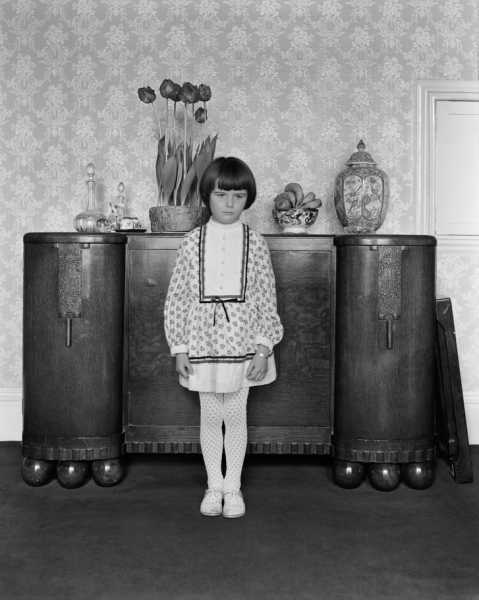
“Young Girl,” 1973.
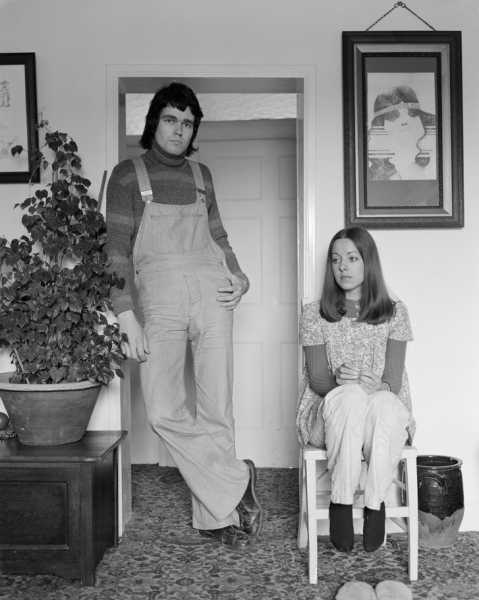
“Terry and Linda in their Flat,” 1973.
Richard Smith, for instance, photographed in 1973, is bearded with long blond hair, and is seated beneath a fringed white lampshade in an upholstered armchair placed centrally in a room. His trousers are rolled up to the knee, revealing a pair of shiny black leather boots, while the polyester collar of his shirt curls extravagantly over his tight-fitting cable-knit vest. He looks as insolently self-assured as a duke in a Van Dyck. Only the corner of an ill-made bed, showing at the left edge of the image, suggests that the room may be a cramped, under-furnished living space—a bedsit, perhaps—rather than a throne room, with its lavishly redundant emptiness.
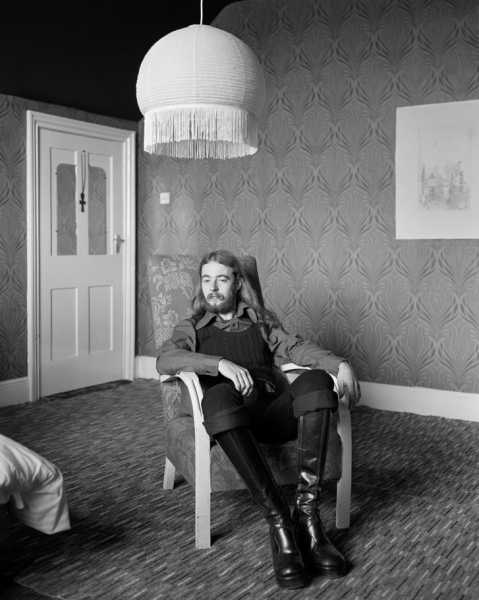
“Richard Smith,” 1973.
Like a court painter, Myers is as intensely interested in capturing the material environs of the people portrayed as he is in suggesting their inner life. Many of the subjects are shot inside what appear to be their living rooms, and as such offer a rich catalogue of early-seventies design choices. The camera focusses upon the patterned flock wallpaper, the floral-patterned wall-to-wall carpeting, the rubber plants and aspidistras that were at the time the epitome of sophisticated interior-decorating taste. In an image from 1973, Robert, a young man in John Lennon glasses, wears flared jeans, black-and-white leather oxfords, and a diamond-patterned cardigan over a vest with a different diamond pattern. (As with the nobility of the seventeenth century, nineteen-seventies Britons dressed in layers upon layers as a defense against inadequately heated rooms.) Robert sits upon a geometrically patterned velveteen couch, which itself sits upon a geometrically patterned carpet. From the design perspective of the present, with our prevailing taste for expensively neutral minimalism—for glass-walled kitchens, and stripped-pine floorboards, and Danish furniture—it’s easy to regard these images through an ironical eye: how did people ever live like that? And yet a glimpse of Robert’s book collection—there are art books of the works of Van Gogh and Leonardo—suggests that his sartorial selections are not blunders of taste but carefully considered choices, which we simply no longer know how to read.
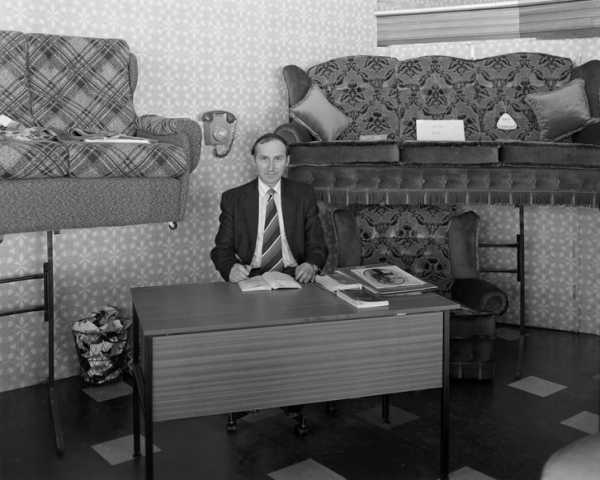
“Sofa Salesman,” 1979.
Beyond being a record of a now distant era of taste, though, the images provide a gloss on Britain’s current crisis of national identity, exposed by the pro-Brexit vote of 2016, and exemplified most recently by the emerging Windrush scandal, where some Caribbean immigrants who arrived in Britain in the nineteen-fifties, sixties, and seventies have been threatened with deportation to the countries they left a lifetime ago. Myers’s images document middle England at a moment when the country was in the midst of transformation. The year after Myers went out into the streets and homes of Stourbridge, Britain joined the European Economic Community, a move that the Prime Minister at the time, Edward Heath, promised would make the country more efficient economically, bringing prosperity through closer ties in Brussels with its neighbors on the Continent. Two years later, a referendum was held to measure the electorate’s support for membership in the Common Market, with two-thirds of Britons voting in favor. Myers’s portraits are of British people—there is barely a face here that could not have confronted William the Conqueror’s armies in 1066—at a moment when the British government, with the support of the electorate, had embarked upon an effort to diminish the country’s island separation in favor of a more cosmopolitan, interconnected ideal.
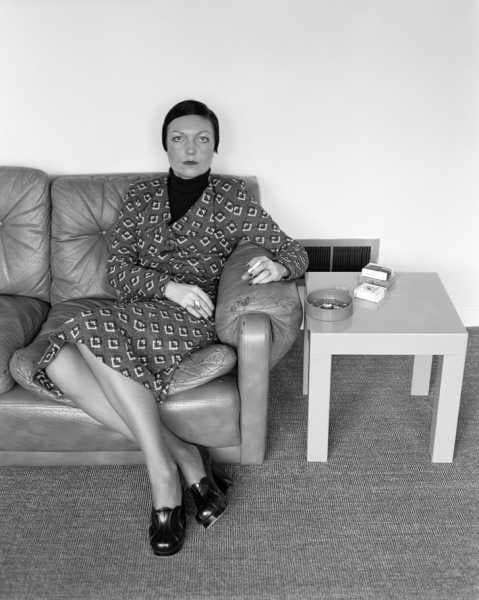
“Michelle,” 1974.
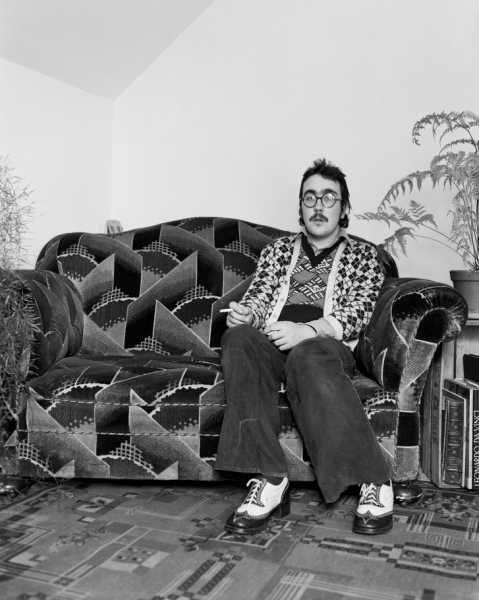
“Robert,” 1973.
In Stourbridge, the effort did not take. In the Brexit referendum, two-thirds of the town’s voters were in favor of leaving the European Union. As was the case when Myers photographed his neighbors, Stourbridge’s population today is overwhelmingly white; its residents are also older than the national average. Nationally, pro-Brexit forces prevailed in such places, the decision for a future outside the E.U. being made in many cases by those who could remember a past outside it, too. The past that such voters are remembering, or are nostalgic for, is captured by Myers’s photographs—a past in which parsimonious resources are displayed with defiant dignity, in which a flimsy Union Jack dangles from a motorbike’s handlebars, a mark of pride in the narrow, the pinched, the insular.
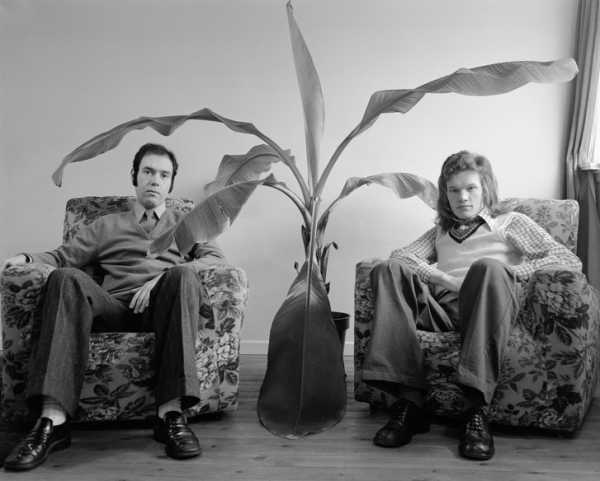
“Paul and Richard,” 1973.
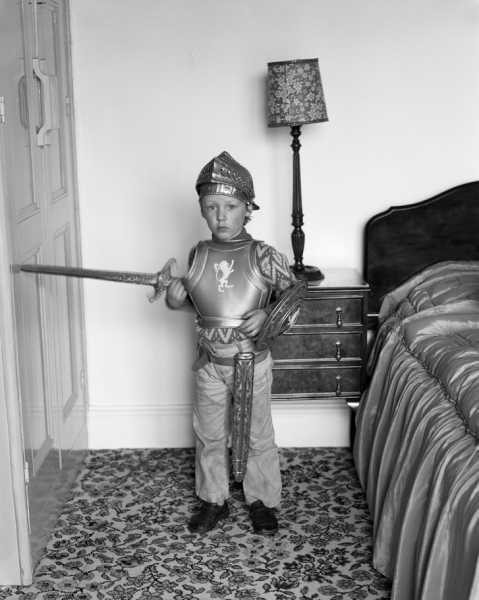
“David in Knight’s Armour,” 1974.
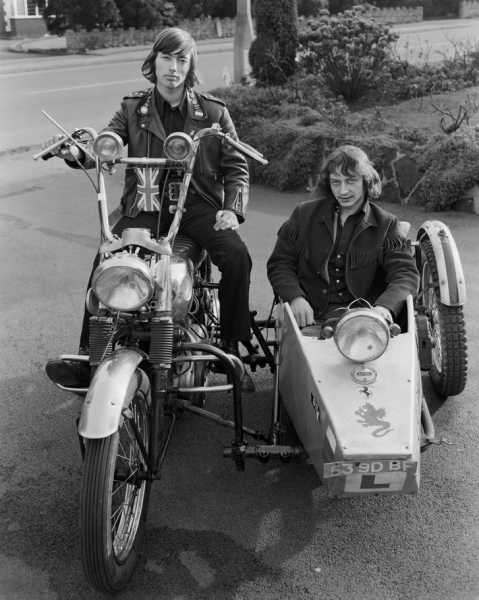
“Motorcyclist and Combination,” 1973.
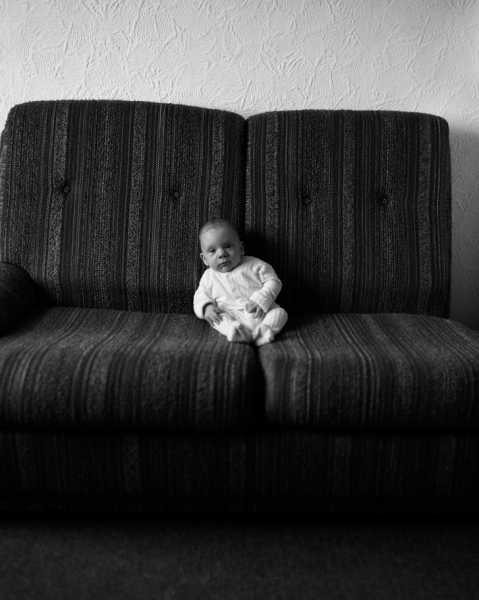
“Ben,” 1974.
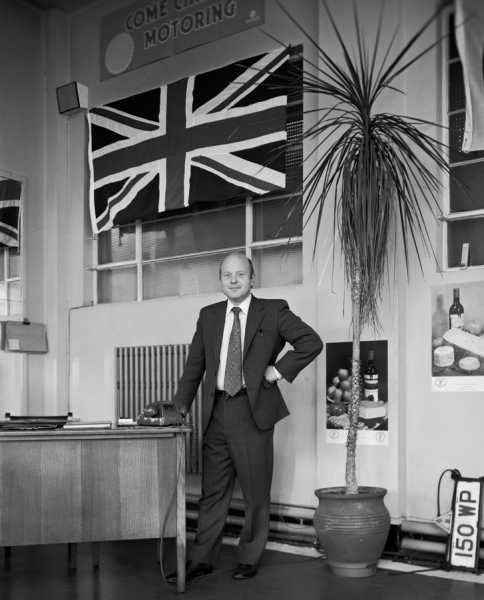
“Car Salesman,” 1973.
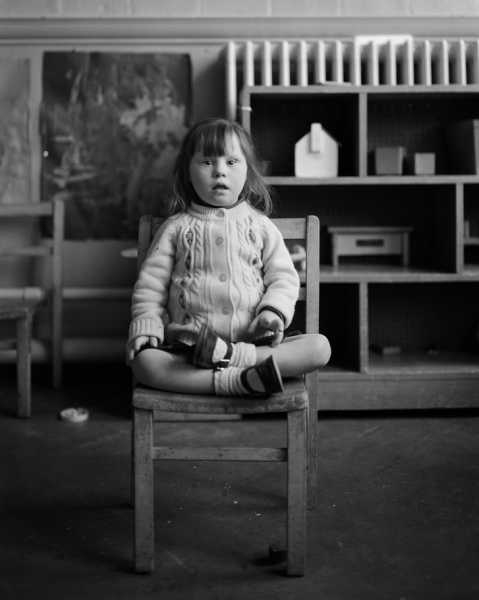
“Rachel,” 1973.
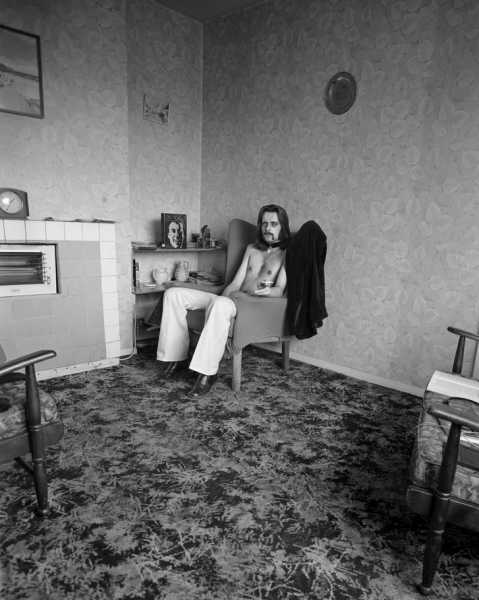
“John,” 1974.
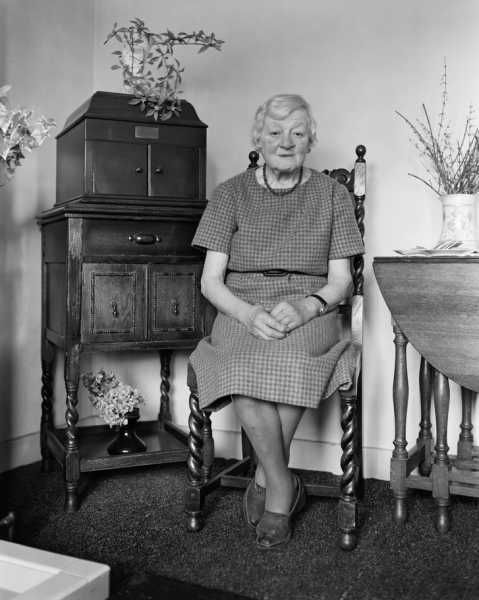
“Miss Bostin,” 1973.
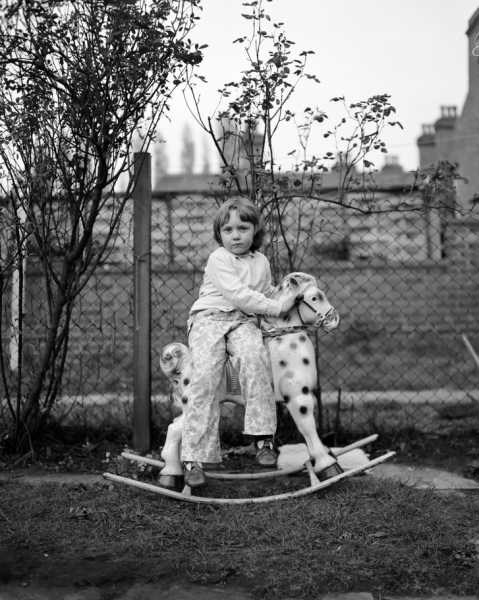
”Andrea on Rocking Horse,” 1974.
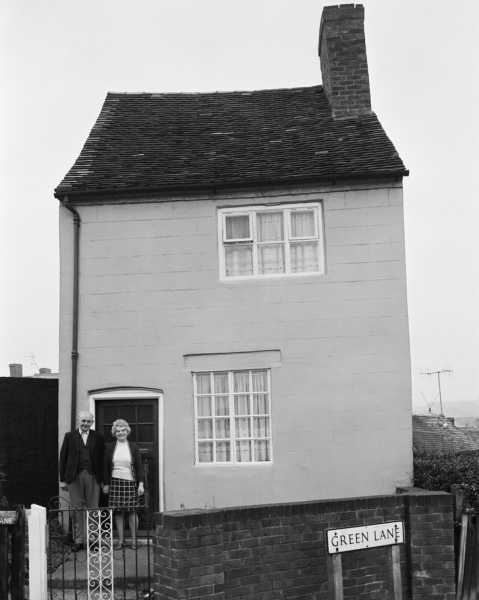
“Green Lane, Lye,” 1973.
Sourse: newyorker.com






